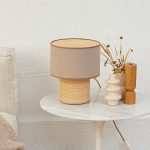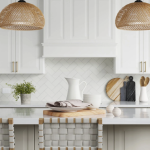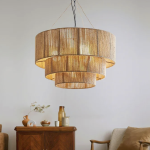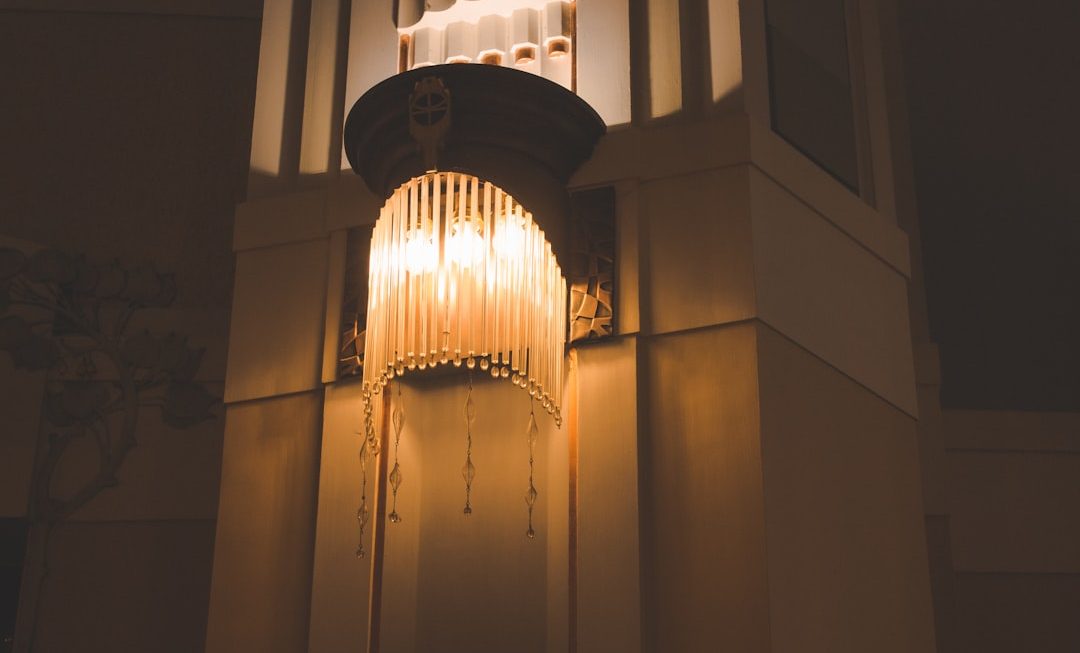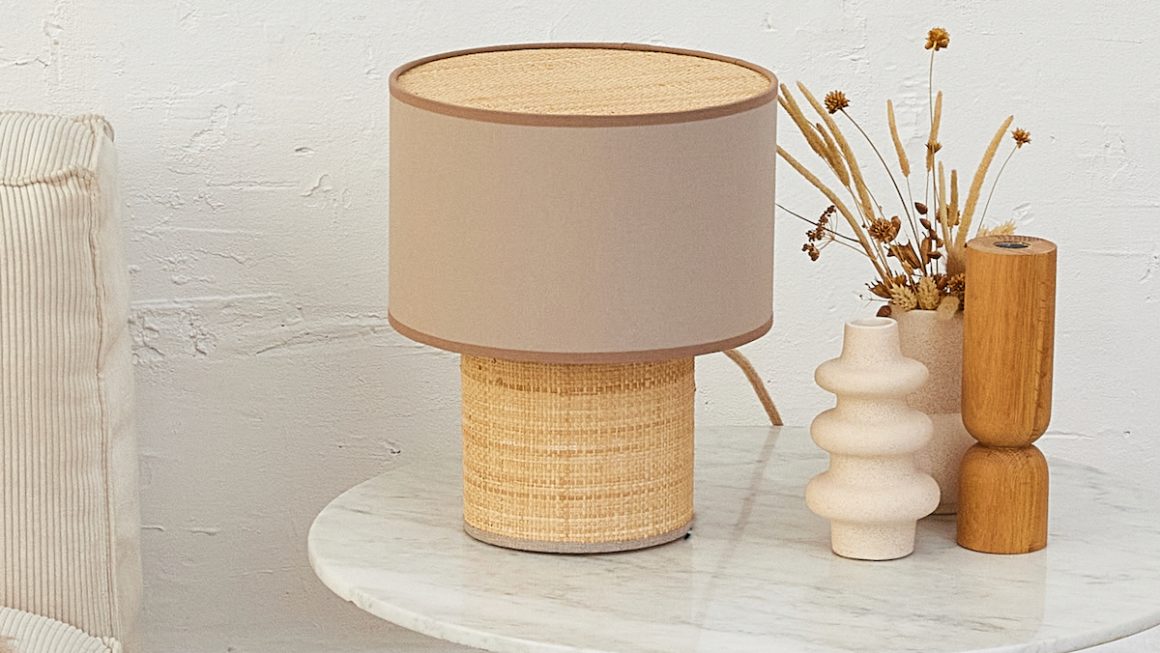Lighting is a crucial element in interior design as it can completely transform the look and feel of a space. Proper lighting can enhance the aesthetic appeal of a room, create a welcoming atmosphere, and even affect our mood and productivity. It is essential to consider the function of each room and the activities that take place in it when choosing the right lighting. Whether it’s ambient, task, or accent lighting, each type serves a specific purpose and contributes to the overall design scheme. Additionally, the color temperature and intensity of the light can also impact the ambiance of a room. Therefore, it is important to carefully plan and select the appropriate lighting fixtures to achieve the desired effect in any interior design project.
Lighting can also be used to highlight architectural features, artwork, or specific areas within a room. It can draw attention to focal points and create visual interest. Furthermore, lighting can be used to define different zones within an open-plan space, providing a sense of separation and intimacy. In addition to its functional aspects, lighting also adds to the overall aesthetic of a room. The style, shape, and material of lighting fixtures can complement the design theme and contribute to the overall visual appeal of the space. Therefore, it is important to consider lighting as an integral part of interior design and carefully plan its placement and selection to achieve a cohesive and harmonious look.
Types of Brilliant Lamps for Every Room
There are various types of lamps available, each serving different purposes and adding a unique touch to a room. Table lamps are versatile and can be used in living rooms, bedrooms, or home offices to provide task lighting or ambient illumination. Floor lamps are great for adding height and drama to a space, as well as providing ambient or task lighting. Pendant lights are perfect for illuminating dining tables, kitchen islands, or entryways, adding a decorative element while serving a functional purpose. Chandeliers are elegant and can make a statement in dining rooms, foyers, or bedrooms, adding a touch of luxury and sophistication to the space.
Wall sconces are ideal for creating ambient lighting and adding visual interest to hallways, bathrooms, or bedrooms. Track lighting is a practical option for kitchens, home offices, or art galleries, as it allows for adjustable and directional lighting. Finally, recessed lighting is a discreet and versatile option that can be used for general illumination or to highlight specific areas within a room. With such a wide variety of lamp options available, it is important to consider the specific needs and design aesthetic of each room when selecting the right type of lamp.
Choosing the Right Lamp for Your Space
When choosing the right lamp for a space, it is important to consider the function of the room and the specific lighting needs. For example, in a living room, a combination of table lamps and floor lamps can provide both ambient and task lighting for reading or entertaining. In a bedroom, bedside table lamps can offer soft, intimate lighting for relaxation and reading. In a kitchen, pendant lights or track lighting can provide focused illumination for cooking and food preparation. It is also important to consider the size and scale of the lamp in relation to the furniture and overall design scheme of the room. A large statement chandelier may be overwhelming in a small dining room, while a tiny table lamp may get lost in a spacious living room.
Additionally, it is important to consider the style and material of the lamp in relation to the existing decor. A sleek, modern lamp may not complement a traditional interior design scheme, while an ornate, vintage-inspired lamp may clash with a minimalist aesthetic. Therefore, it is important to choose lamps that not only fulfill the functional lighting needs of a space but also contribute to the overall design aesthetic.
How to Use Lamps to Create Ambiance
Lamps can be used to create different moods and ambiance within a space. Soft, warm lighting can create a cozy and intimate atmosphere in bedrooms or living rooms, while bright, cool lighting can energize and invigorate in kitchens or home offices. Dimmer switches can be installed to adjust the intensity of the light and create different atmospheres for various activities or times of day. Layering different types of lighting, such as overhead fixtures, table lamps, and accent lights, can also add depth and dimension to a room, creating a more dynamic and visually appealing environment.
In addition to providing functional illumination, lamps can also serve as decorative elements that contribute to the overall ambiance of a space. Unique or statement lamps can become focal points in a room and add character and personality to the design scheme. By strategically placing lamps in different areas of a room, one can create visual interest and draw attention to specific features or areas within the space. Therefore, it is important to consider how lamps can be used not only for their practical lighting purposes but also as design elements that contribute to the overall ambiance of a room.
Incorporating Lamps into Your Decor
Incorporating lamps into your decor involves more than just selecting functional lighting fixtures; it also requires considering how they fit into the overall design scheme of a room. The style, shape, color, and material of lamps should complement the existing decor and contribute to the cohesive look of the space. For example, in a modern minimalist living room, sleek and simple floor lamps or pendant lights with clean lines and neutral colors would be more appropriate than ornate or elaborate fixtures that may clash with the design aesthetic.
Lamps can also be used as decorative accents that add visual interest and personality to a room. Unique or statement lamps can become conversation pieces and add character to the space. Additionally, using lamps with interesting textures or materials can add depth and richness to the decor. For example, a ceramic table lamp with a textured glaze can add warmth and tactile appeal to a room, while a metal floor lamp with an industrial finish can bring an edgy and contemporary vibe to the space. Therefore, incorporating lamps into your decor involves considering not only their functional lighting purposes but also their visual impact on the overall design scheme.
Maintaining and Caring for Your Lamps

Proper maintenance and care are essential for keeping lamps in good condition and ensuring their longevity. Regular cleaning is important to remove dust, dirt, and grime that can accumulate on lampshades, bases, and bulbs. Using a soft cloth or duster to gently wipe down the surfaces of lamps can help maintain their appearance and prevent damage from buildup over time. It is also important to follow manufacturer’s instructions for cleaning specific materials such as glass, metal, or fabric to avoid causing any damage.
In addition to cleaning, it is important to regularly check for any loose parts or frayed cords that may pose safety hazards. Tightening screws or replacing worn-out components can help prevent accidents and ensure that lamps remain in good working condition. It is also important to handle lamps with care when moving or adjusting them to avoid any damage or breakage. Finally, it is important to replace bulbs as needed to maintain proper illumination and prevent overheating or electrical issues. By taking proper care of lamps through regular cleaning and maintenance, one can ensure that they remain in good condition and continue to enhance the decor of a space.
Trends in Lamp Design and Technology
The world of lamp design is constantly evolving with new trends emerging that reflect changes in technology, materials, and design aesthetics. One current trend is the use of energy-efficient LED lighting technology in lamps, which offers long-lasting illumination while reducing energy consumption. LED bulbs are now available in various color temperatures and can be integrated into sleek and modern lamp designs that cater to contemporary lifestyles.
Another trend is the use of natural materials such as wood, rattan, or stone in lamp designs that reflect an appreciation for sustainability and organic textures. These materials add warmth and character to lamp designs while also contributing to a more eco-friendly approach to interior design. Additionally, there is a growing interest in customizable and modular lamp designs that allow users to personalize their lighting fixtures according to their specific needs and preferences.
In terms of aesthetics, there is a resurgence of interest in vintage-inspired lamp designs that evoke nostalgia and timeless elegance. Retro styles such as mid-century modern or art deco are making a comeback in lamp designs with updated features that cater to modern sensibilities. Furthermore, there is an emphasis on sculptural and artistic lamp designs that serve as statement pieces in interior spaces. These designs often feature bold shapes, unique silhouettes, and artistic details that add drama and visual impact to a room.
In conclusion, lamps play a crucial role in interior design by providing functional illumination while also contributing to the overall ambiance and aesthetic appeal of a space. With various types of lamps available for different rooms and purposes, it is important to carefully consider their placement and selection based on specific lighting needs and design aesthetics. By incorporating lamps into decor thoughtfully and maintaining them properly, one can enhance the visual appeal of their interior spaces while staying current with trends in lamp design and technology.


